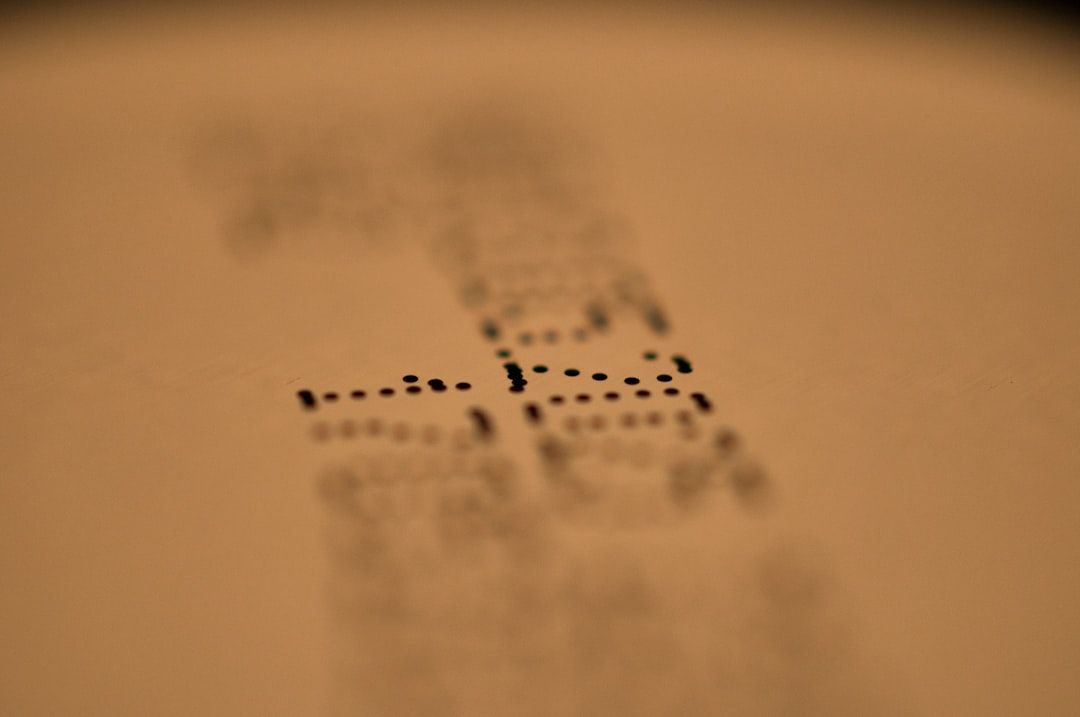
The existence of low-cost private schools providing accessible education to low-income families in developing countries has generated a special interest in research that measures the existence of such schools in Indonesia. Their affordable tuition fees as well as satisfying quality is arguably the better alternative for marginalized families to access formal education since government initiatives on education have limited success in providing good-quality and accessible education. This paper presents an initial study of low-cost private schools in Indonesia and covers the location, cost, and quality of some of these schools. It argues in the end that the government should encourage the creation of more low-cost private schools so that they create a competitive pressure on government schools to increase their performance and their operational efficiency.
In 2015, the proportion of private schools in Jakarta reached 57.08 per cent of all of the total of 5.659 schools from primary level to secondary level. Contrary to the popular belief, not all of those private schools are exclusively for the upper middle class. Some of them even play a crucial role in providing formal education to families in impoverished areas.
The low-cost private schools are considered accessible by poor parents in terms of their fees, distance, and enrollment requirements. Most of the schools charge inexpensive monthly tuition fees ranging from only Rp.30,000 to Rp.130,000 per student. Besides, the schools are located nearer to the students’ residence sparing their parents from additional transport costs and from worrying about their childrens’ safety when going to school. Enrollment requirements, such as birth certificates and minimum graduation scores for secondary schools, are less strict than in public schools and are another reason why low-cost private schools are considered accessible by Indonesian parents.
Meanwhile, the average monthly operational cost per student in low-cost private schools is 34 per cent lower than in public schools within the same districts and low-cost private schools also do not provide lesser quality. Students in schools that were covered in this study had significantly better national exam scores in mathematics and only slightly lower reading skills than public schools.



